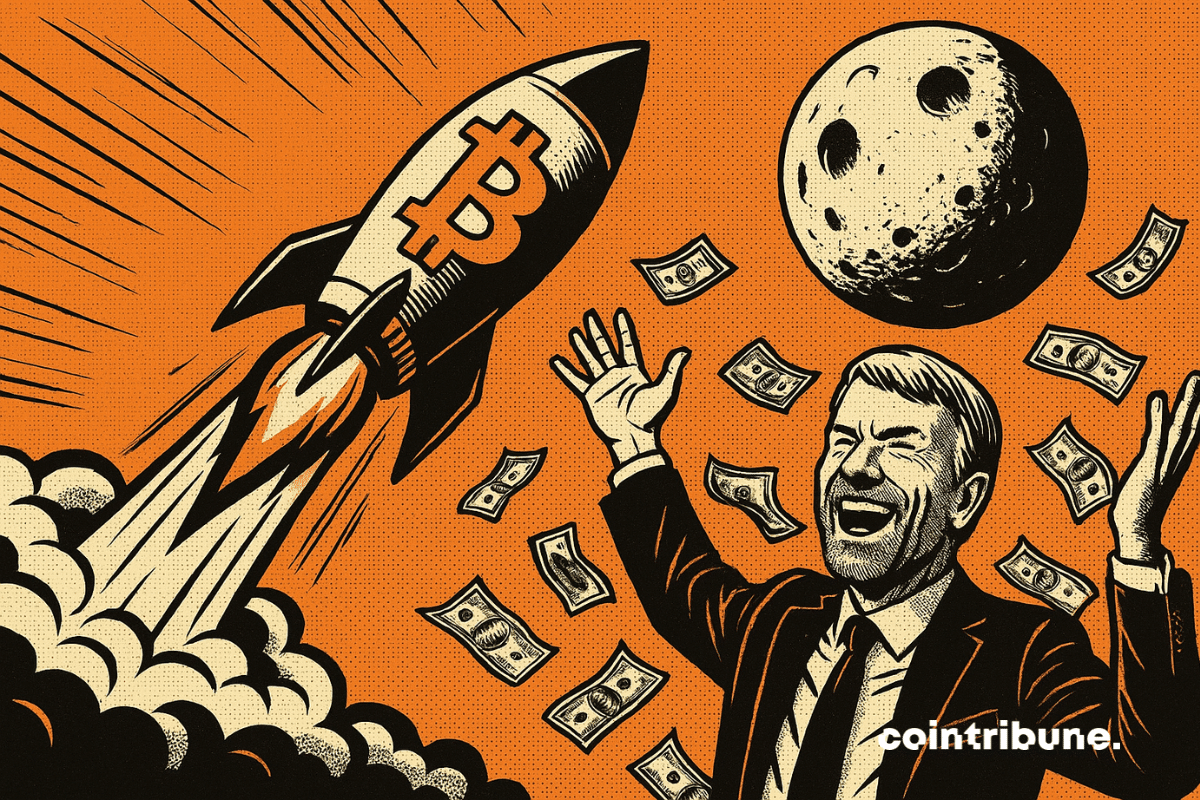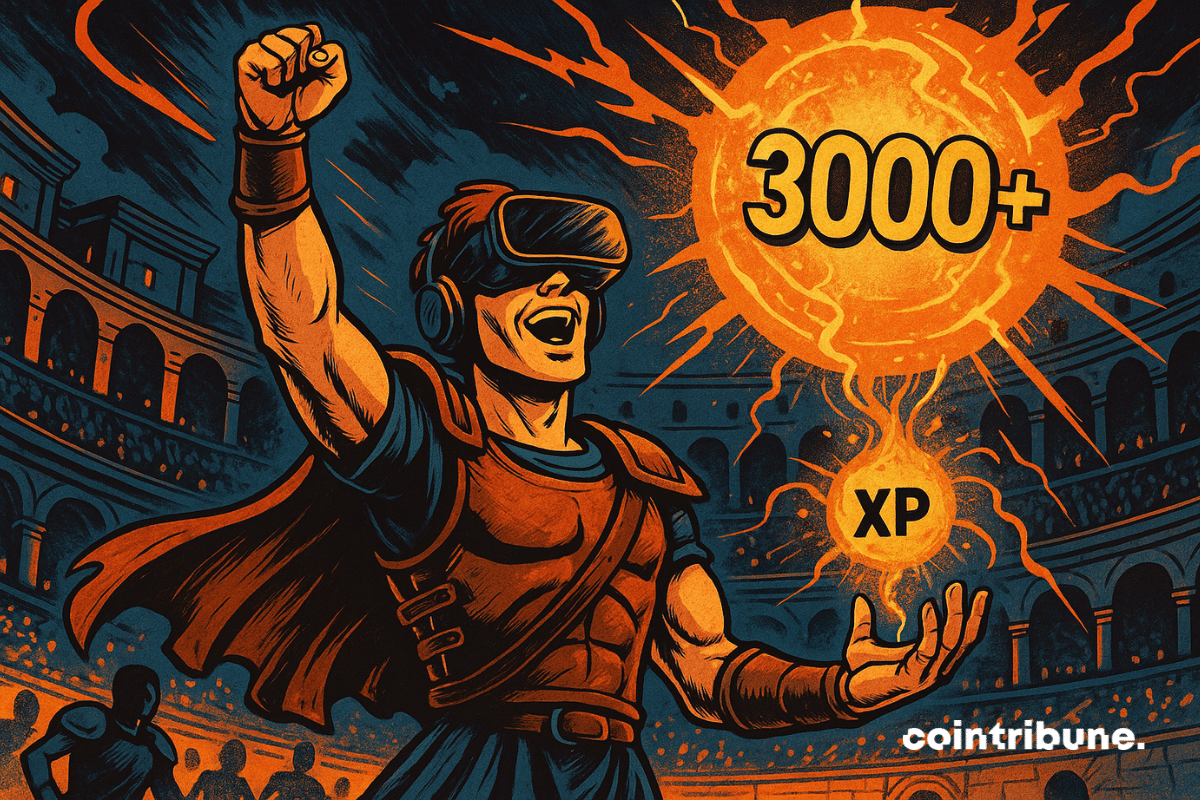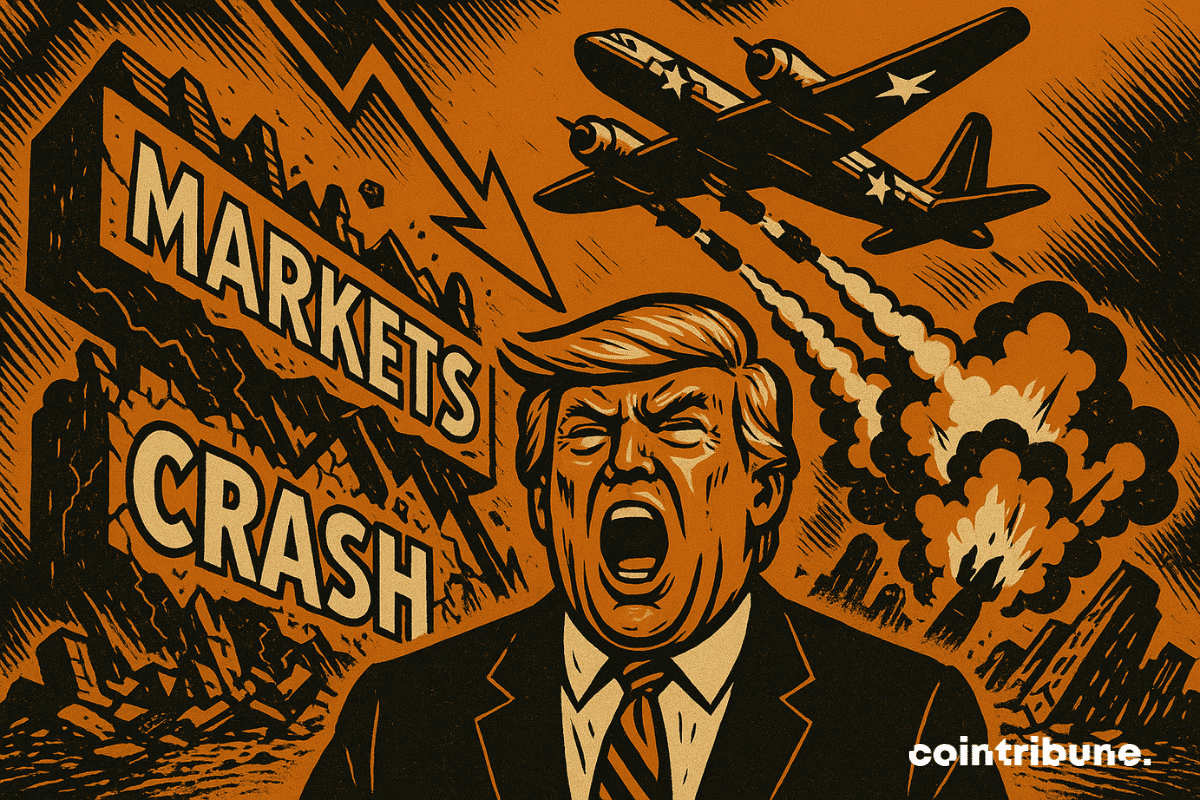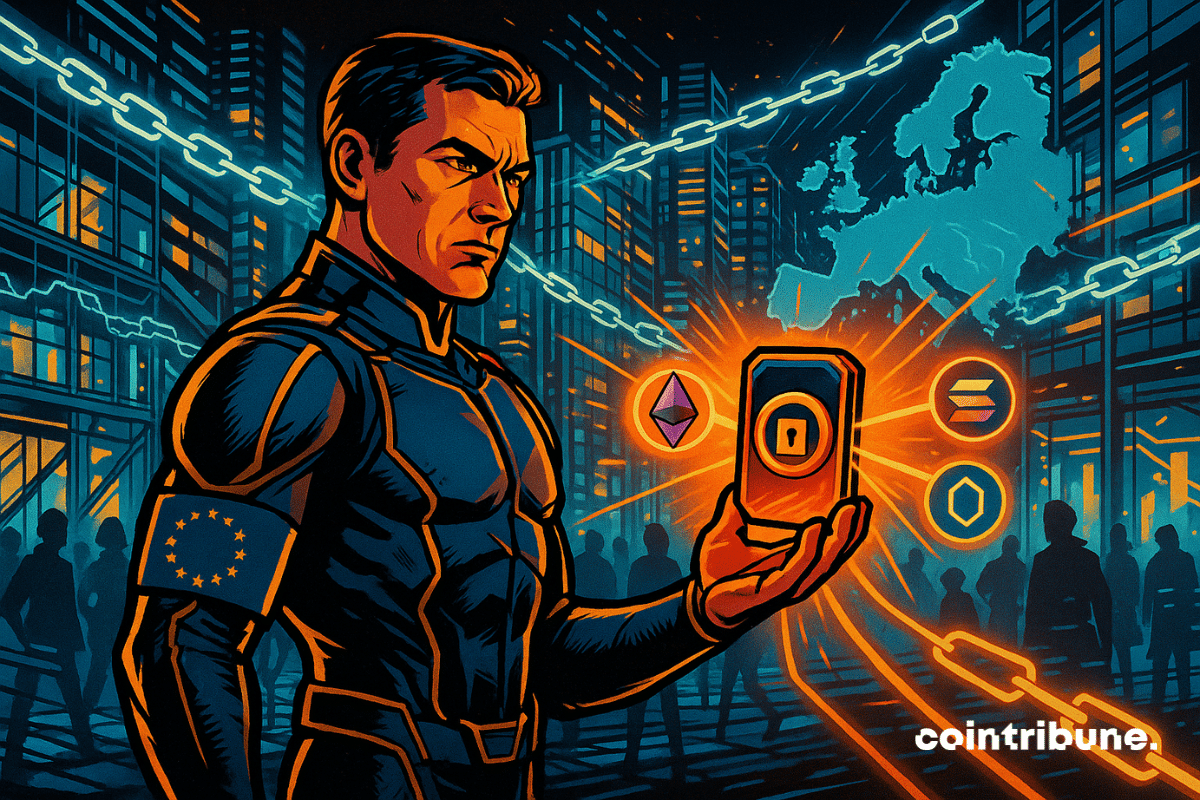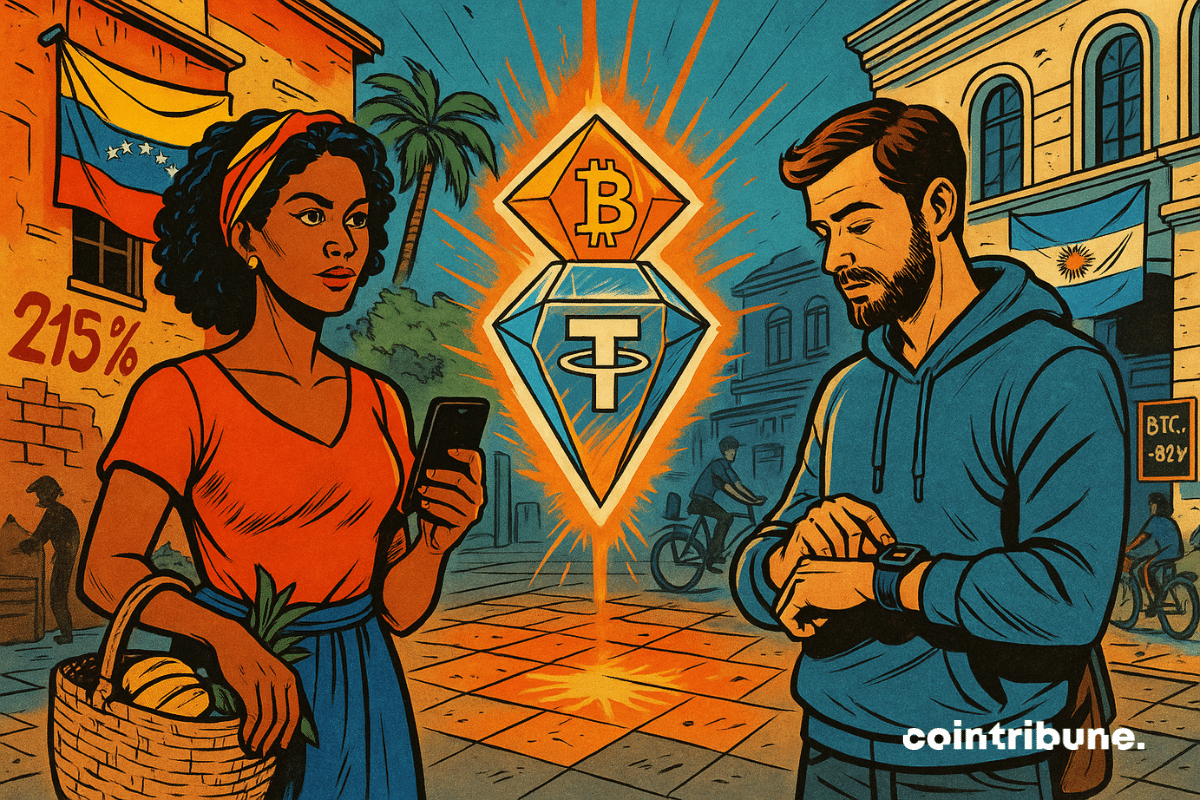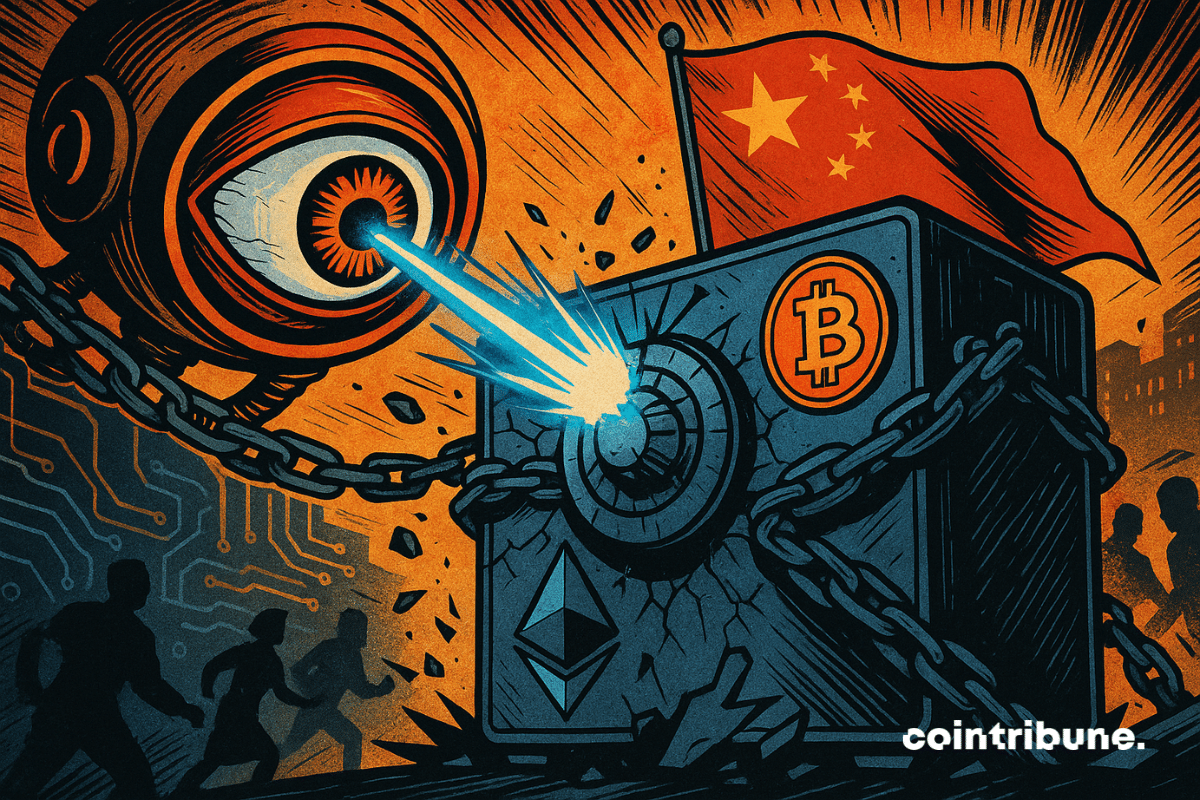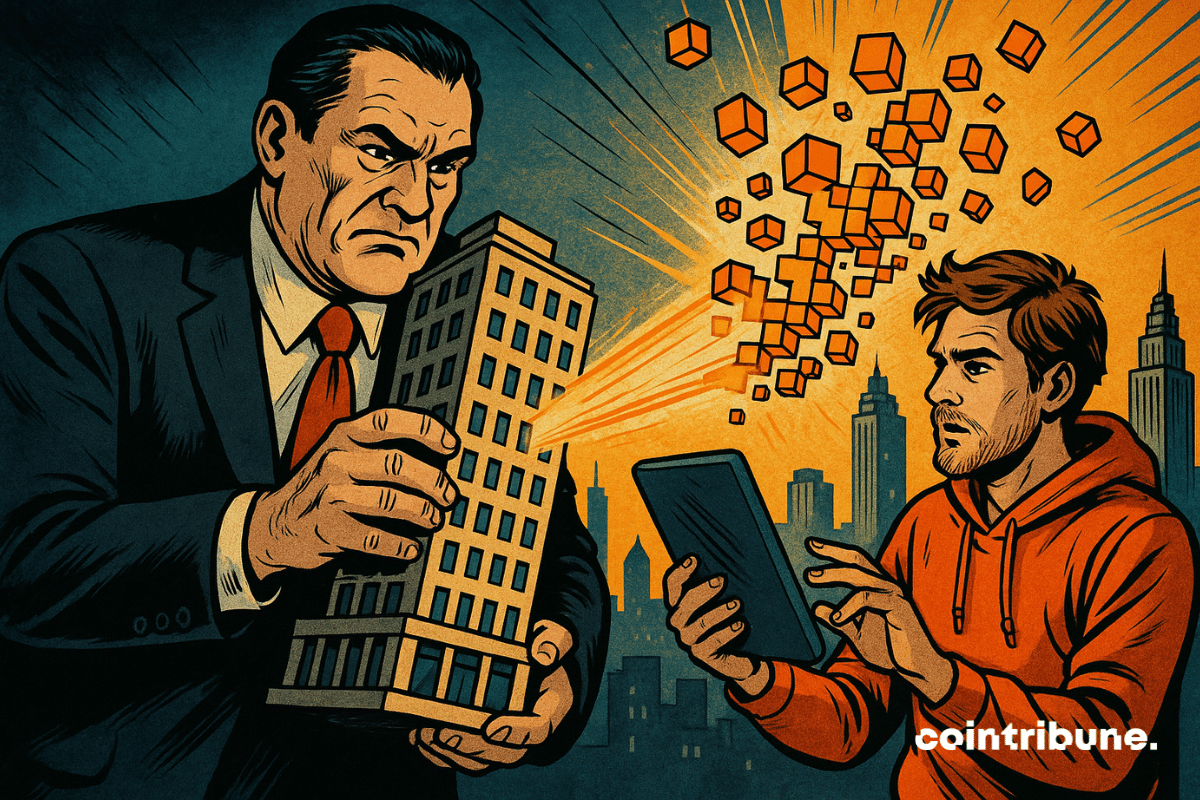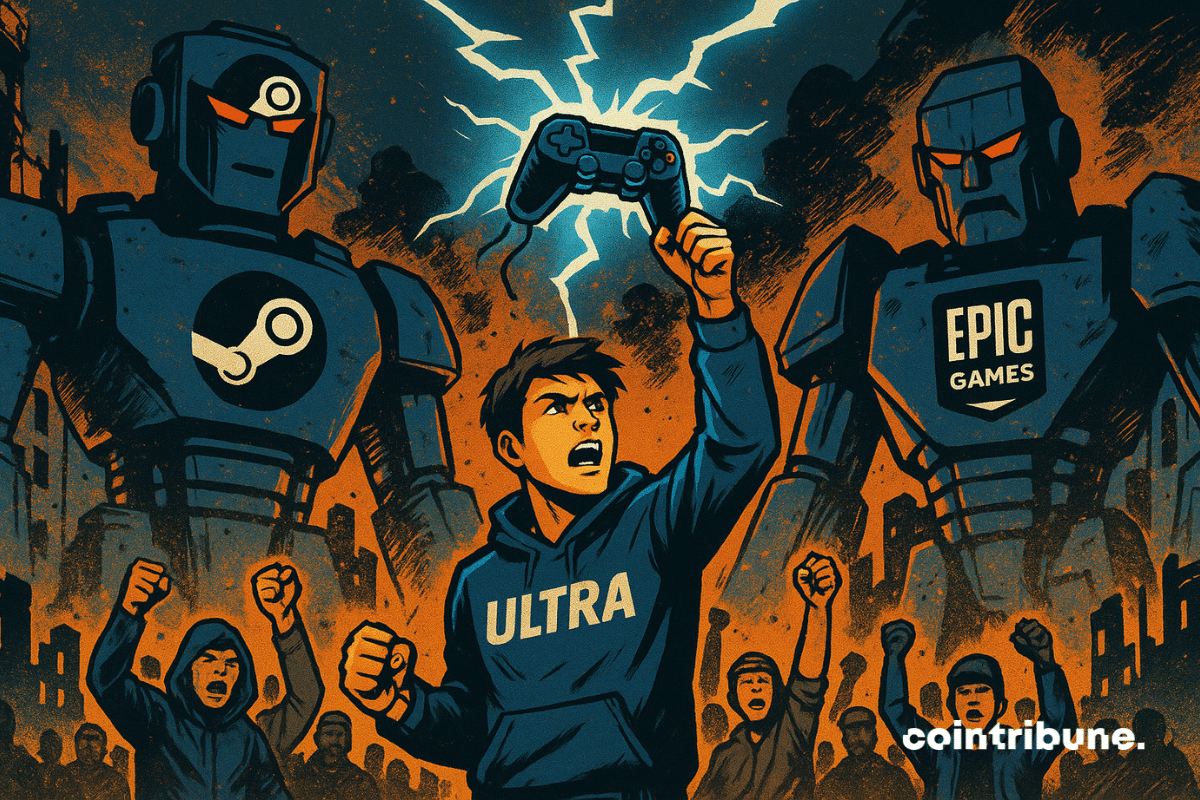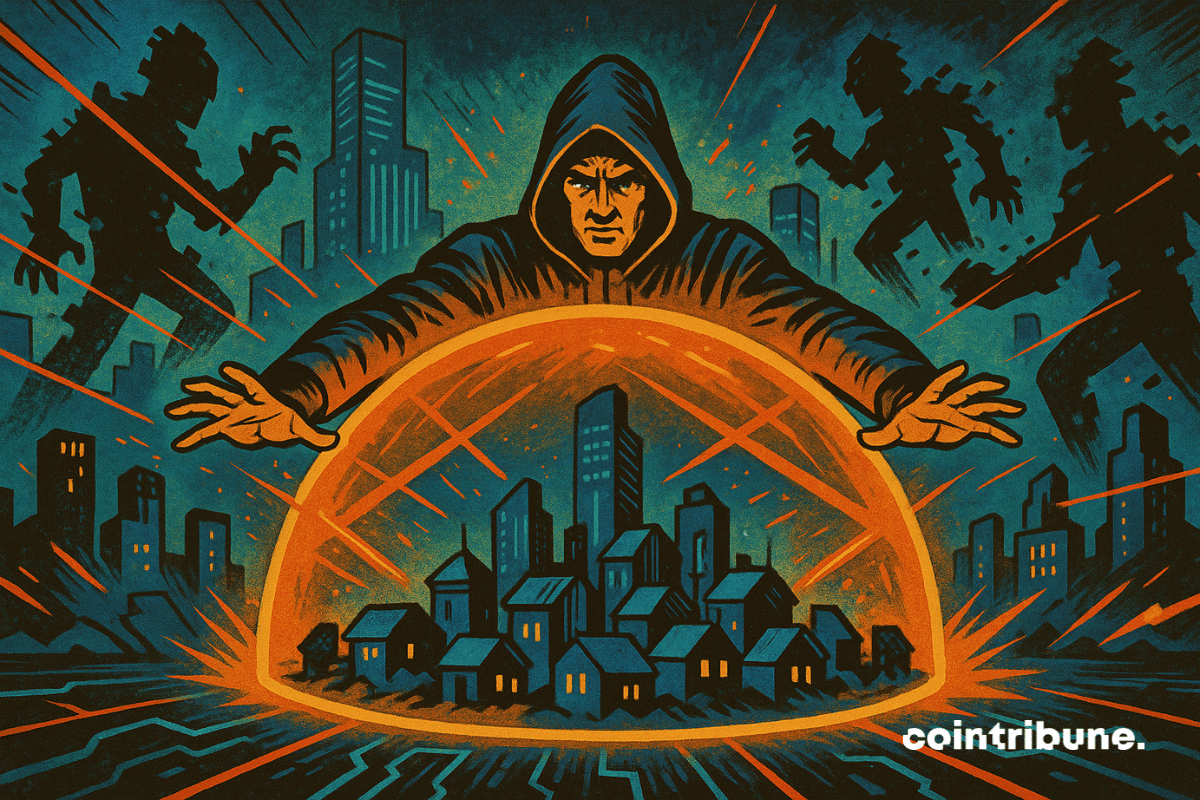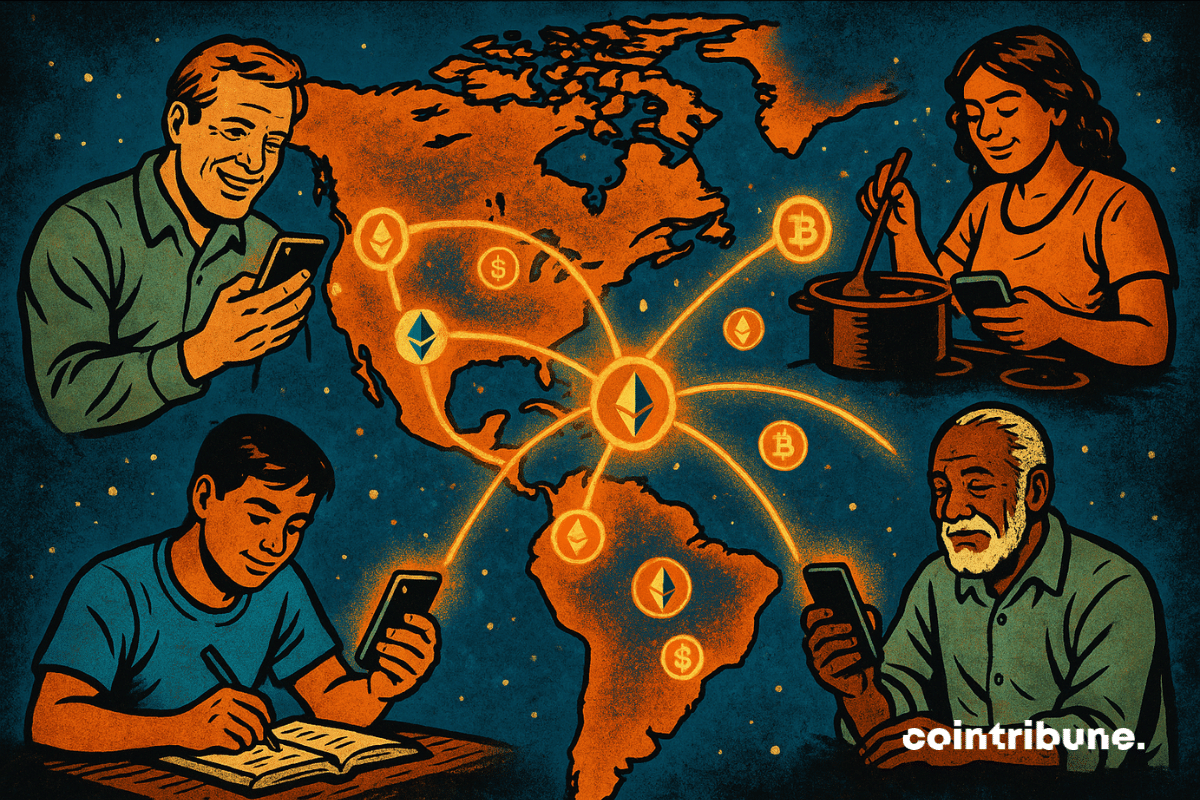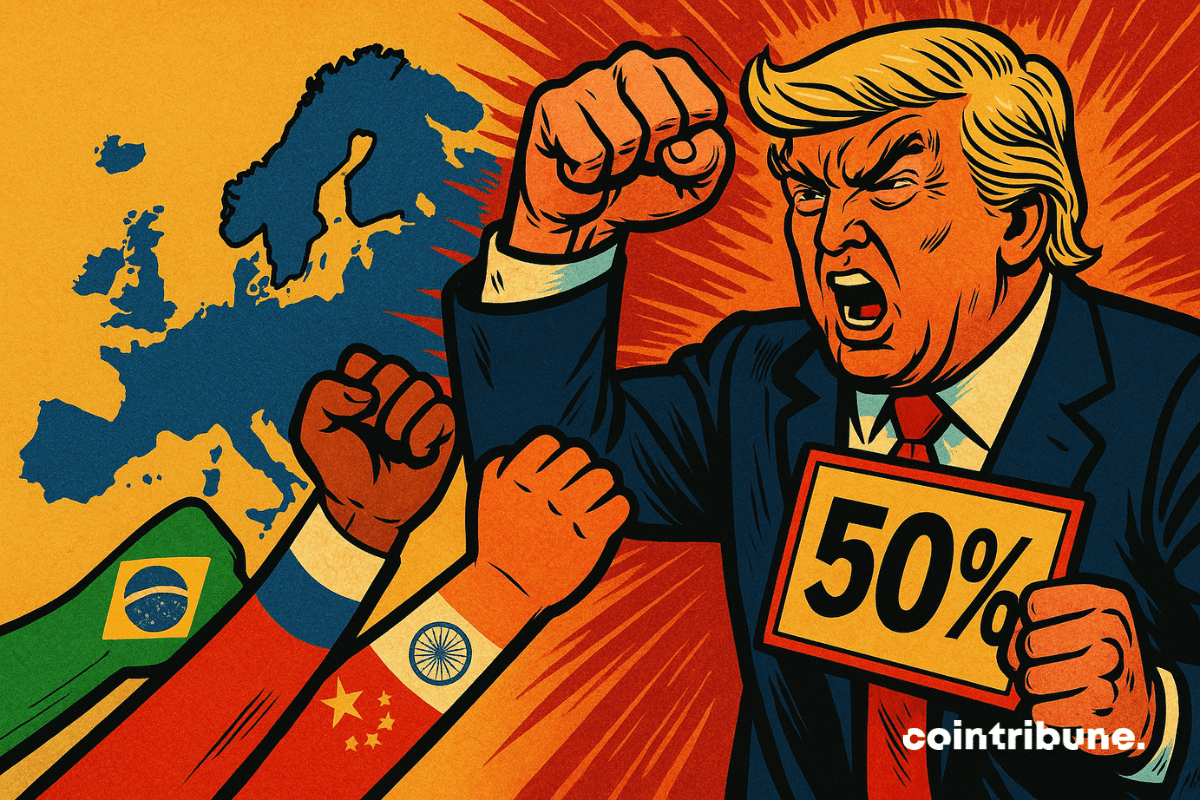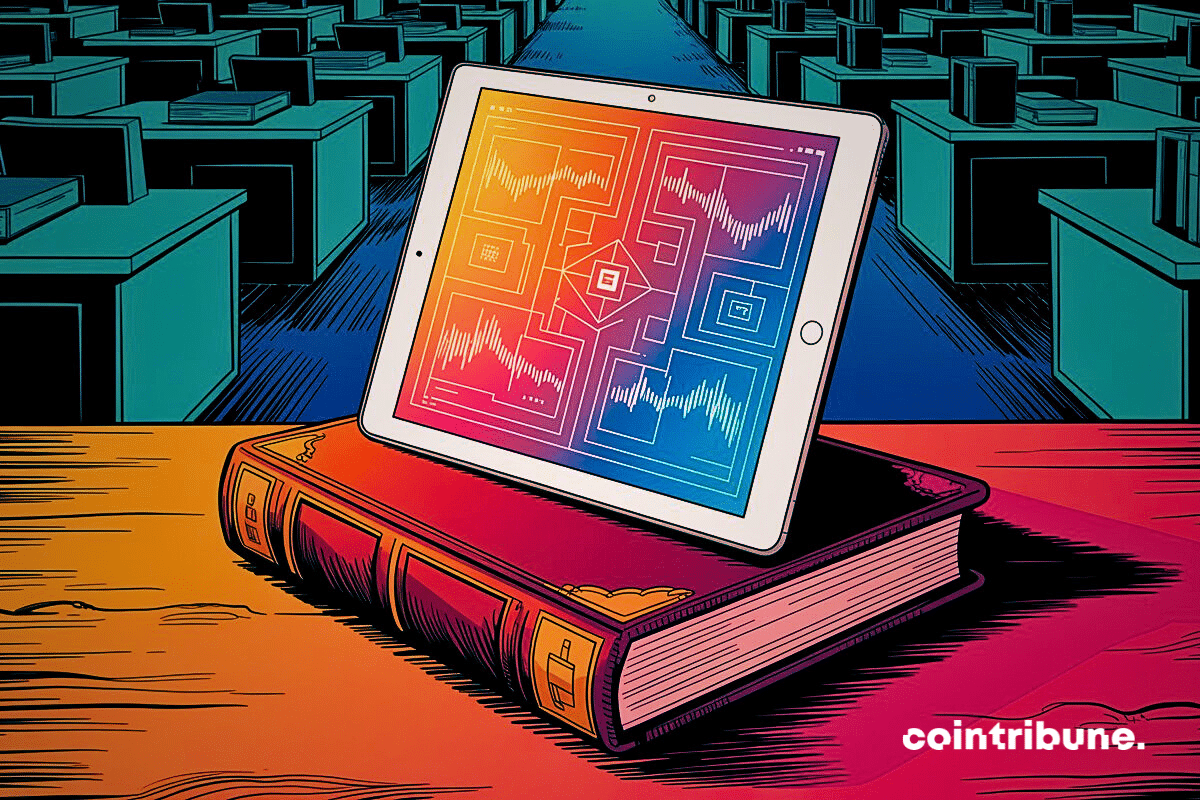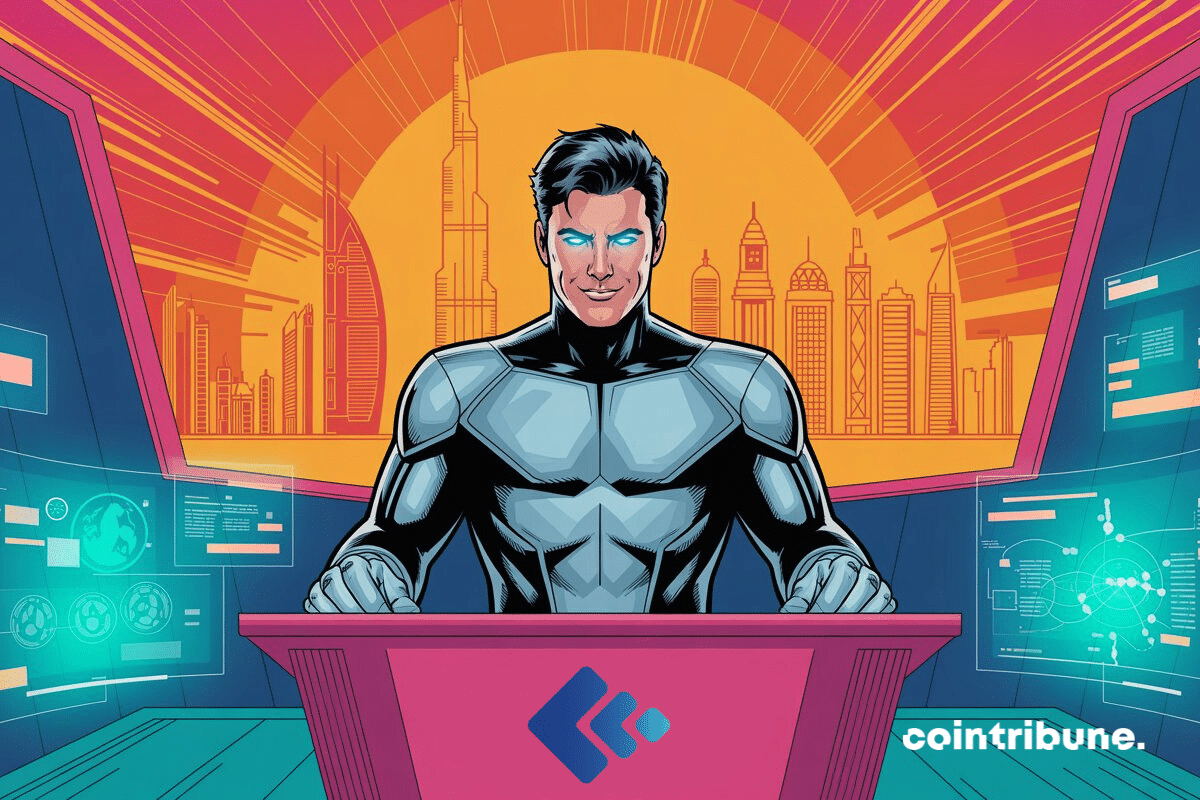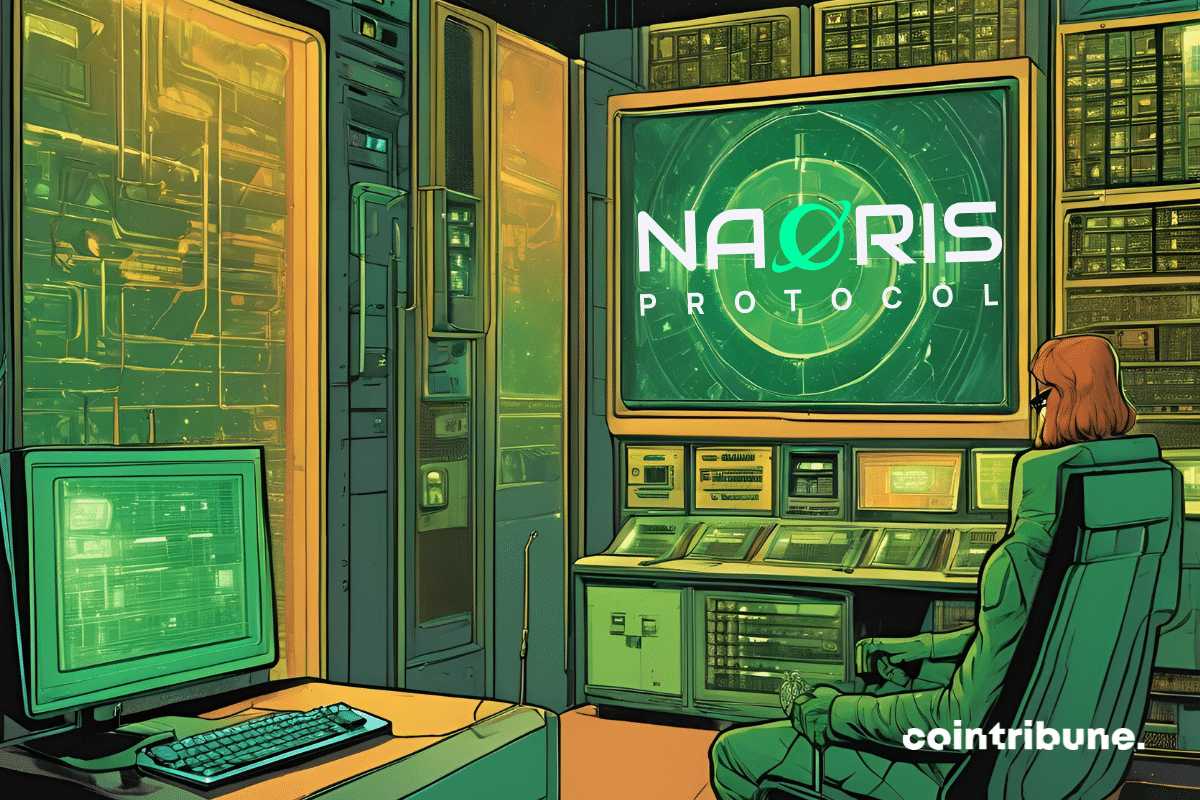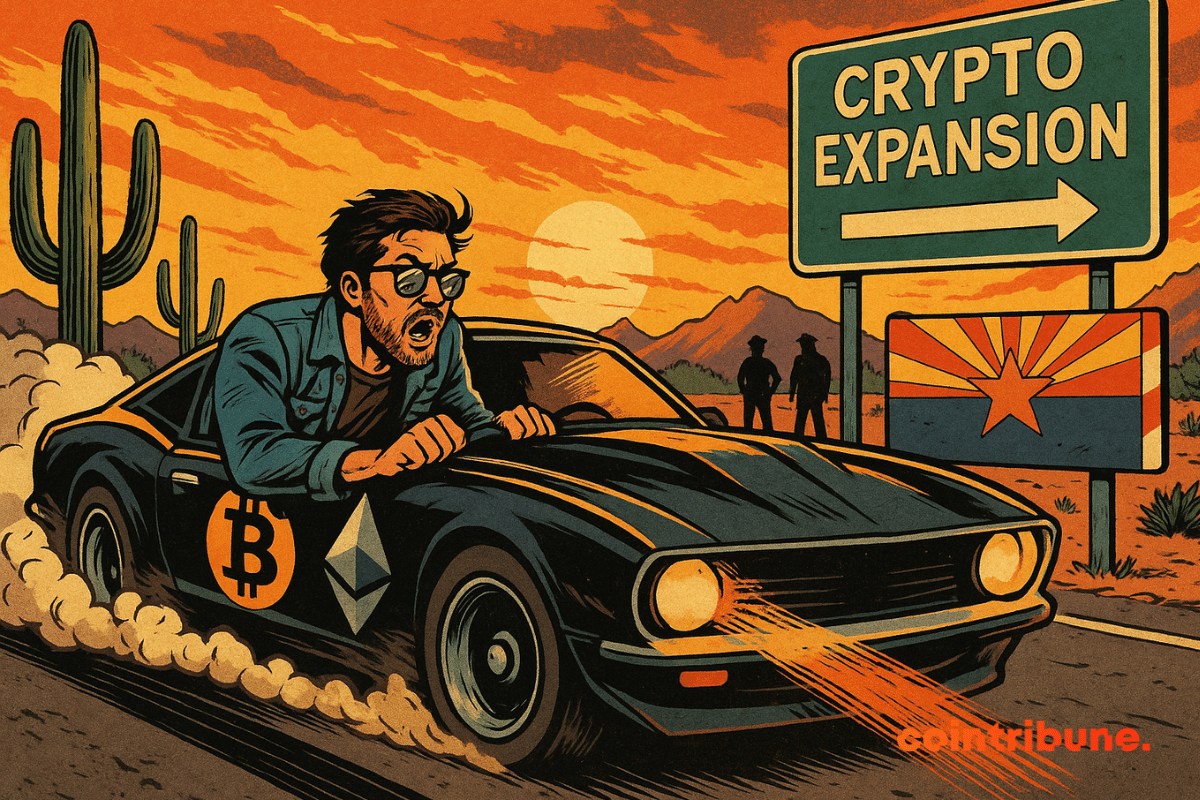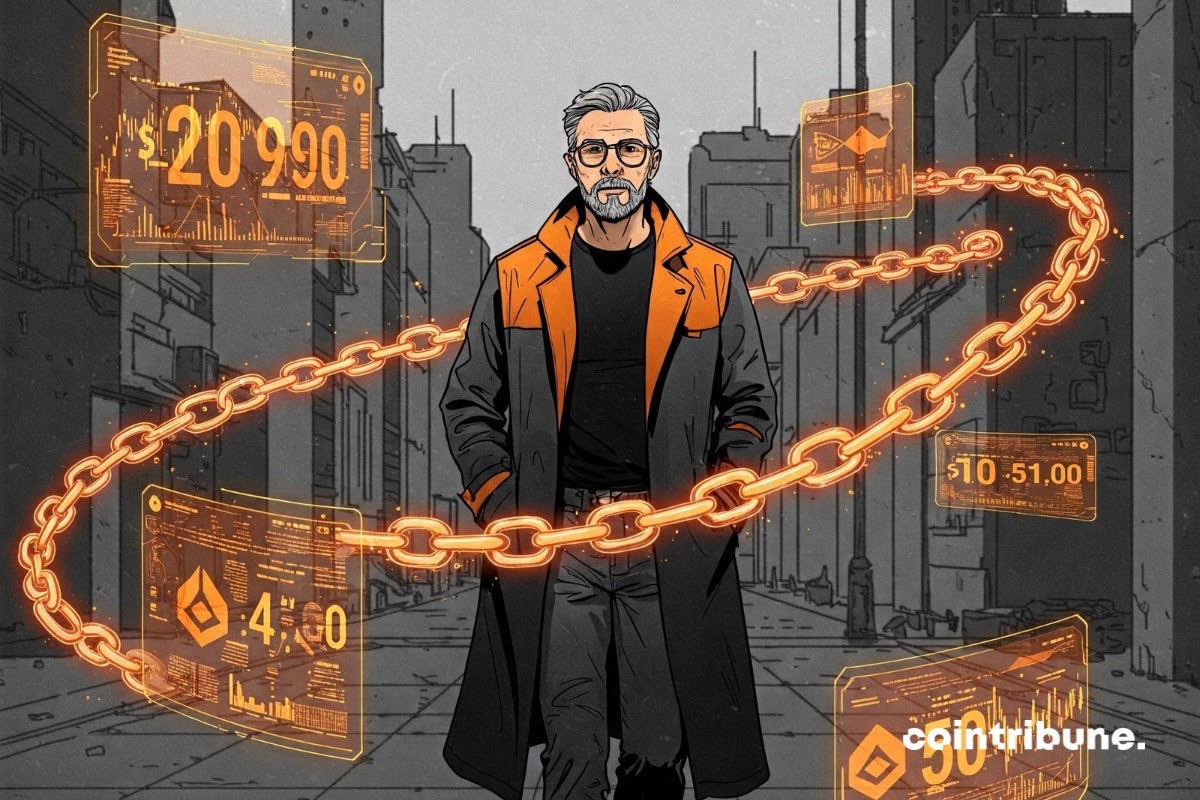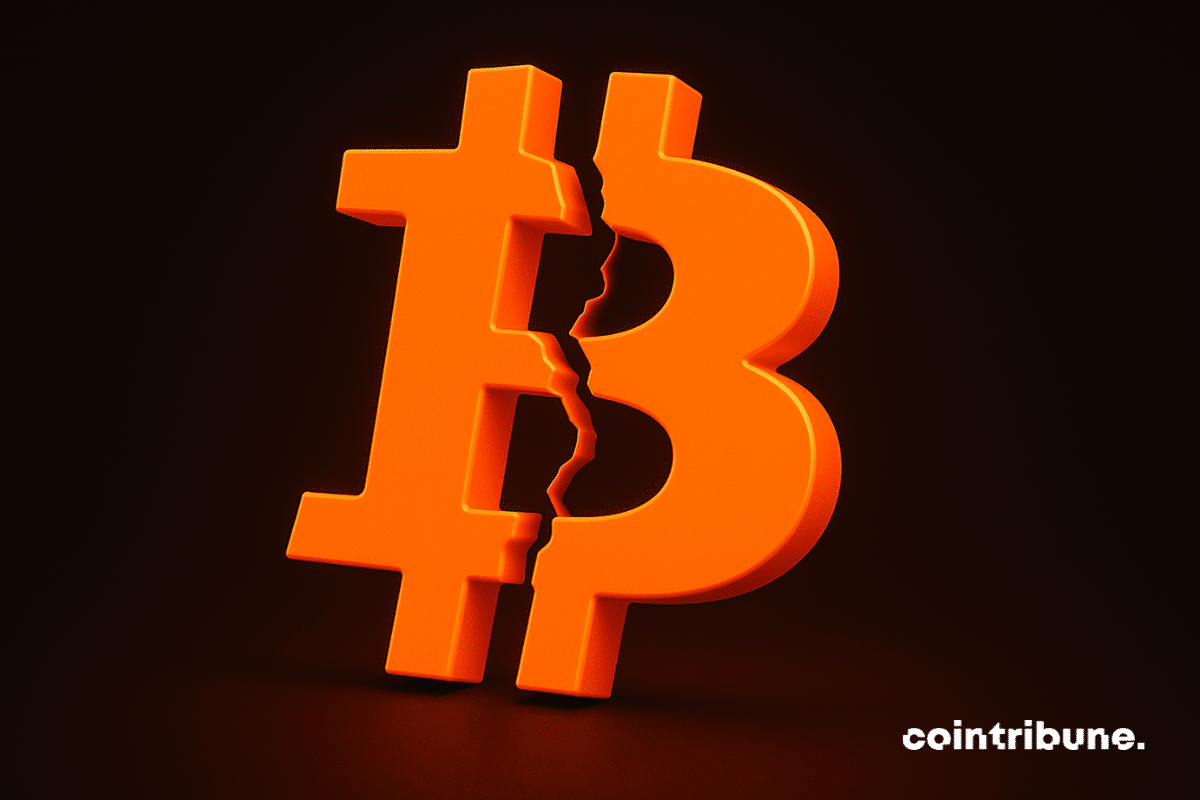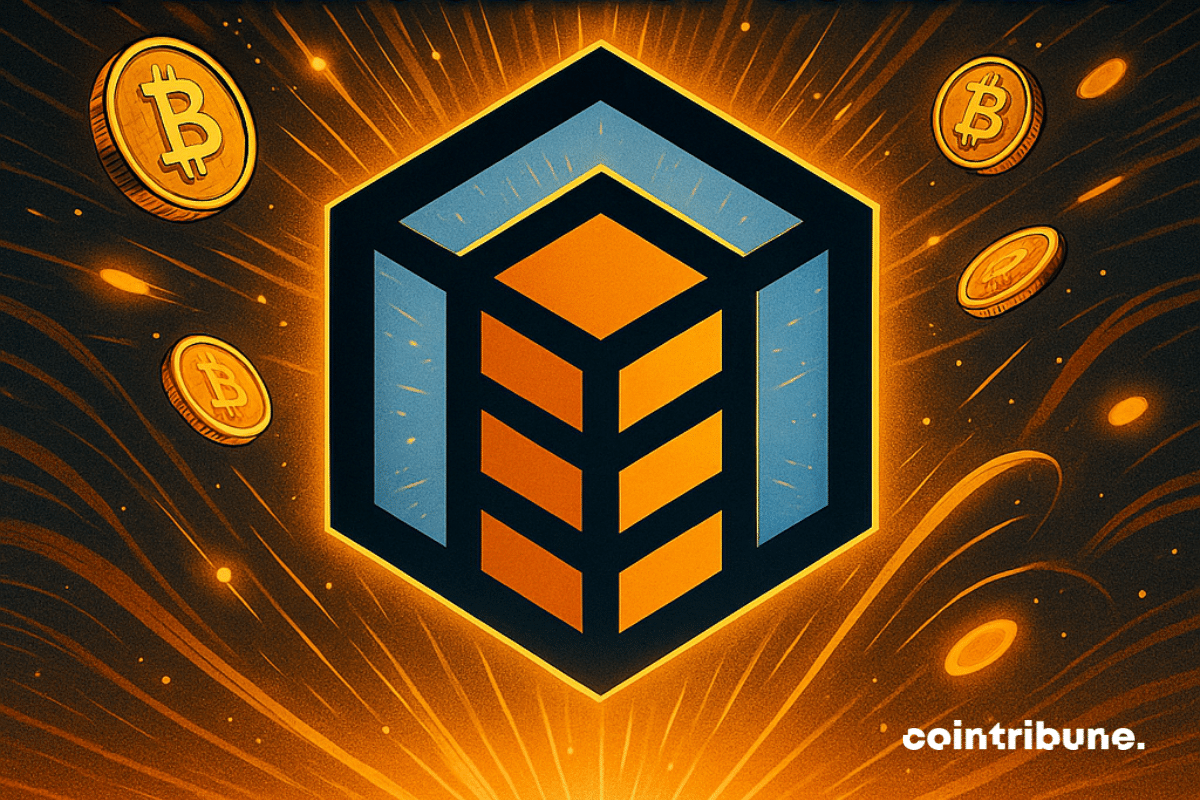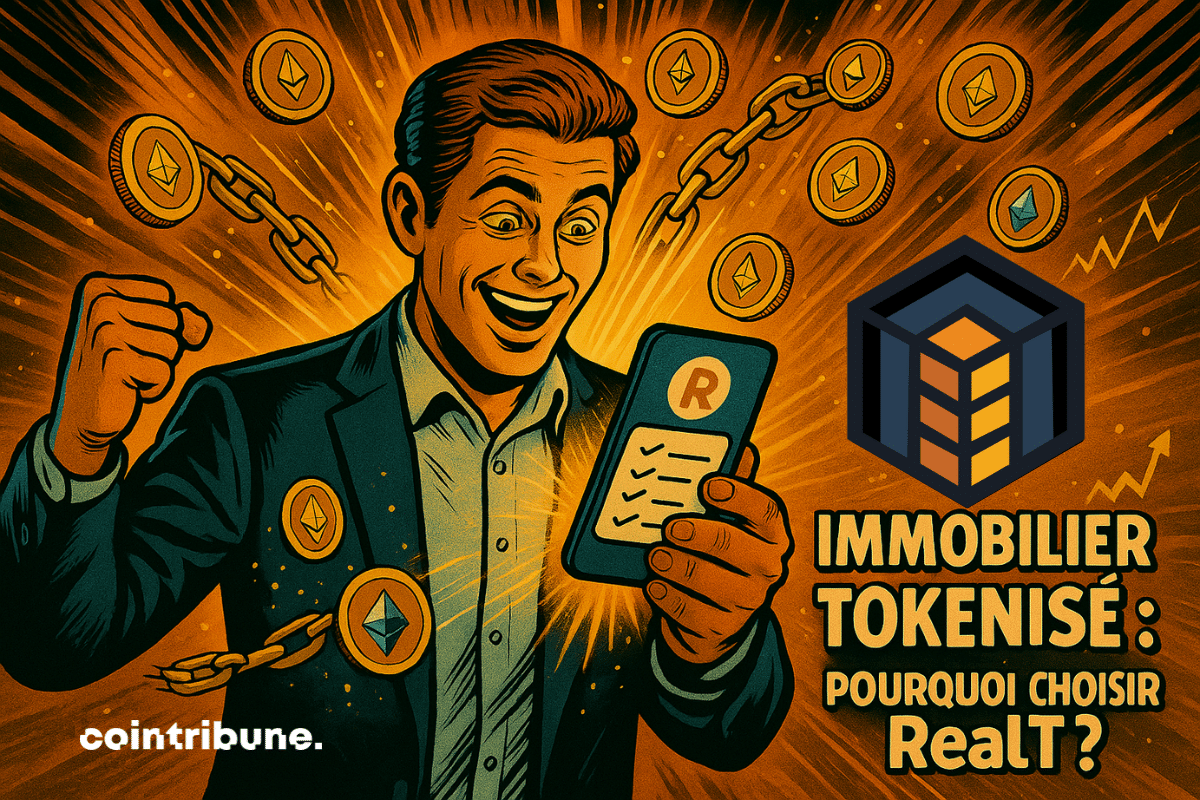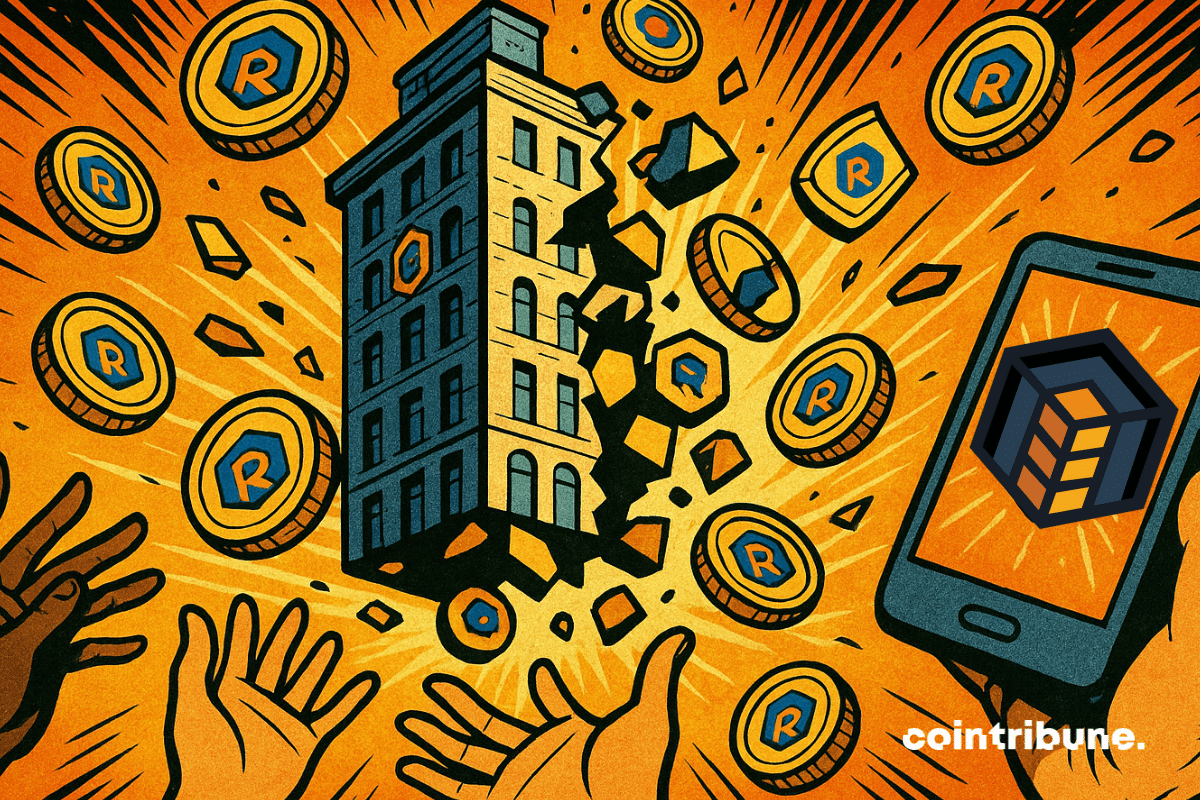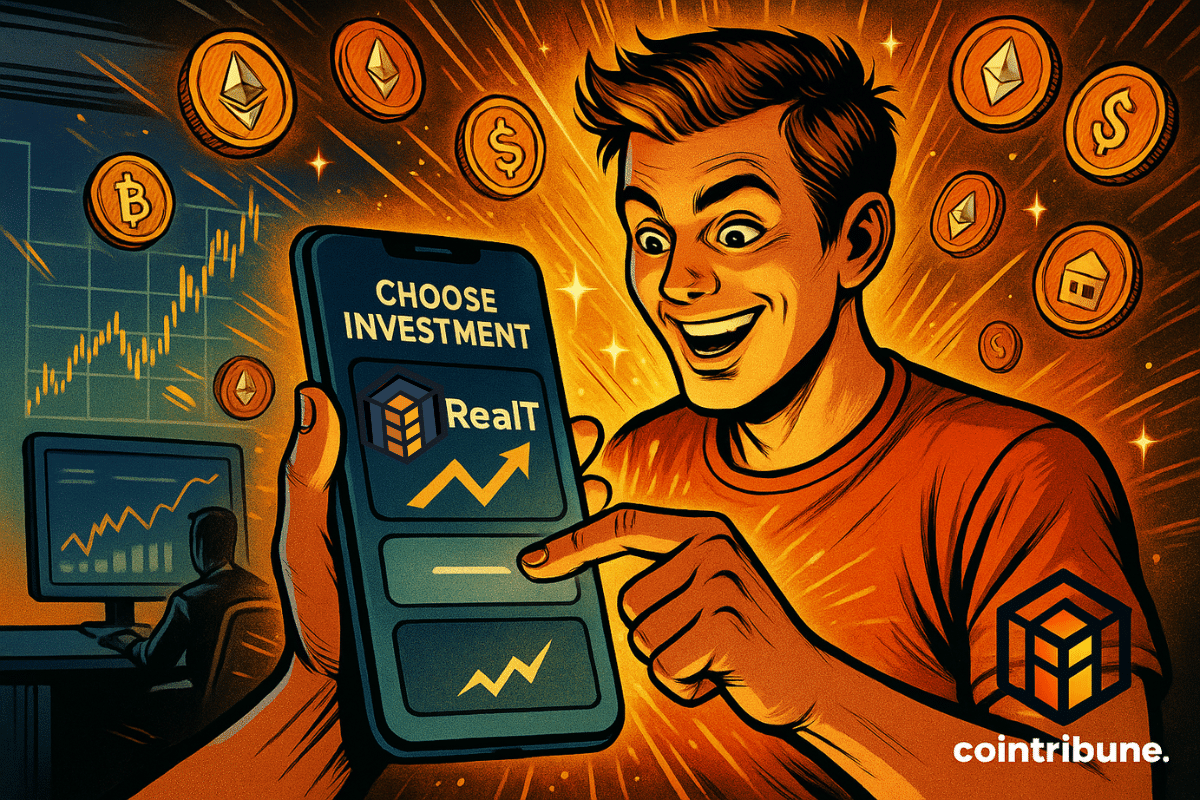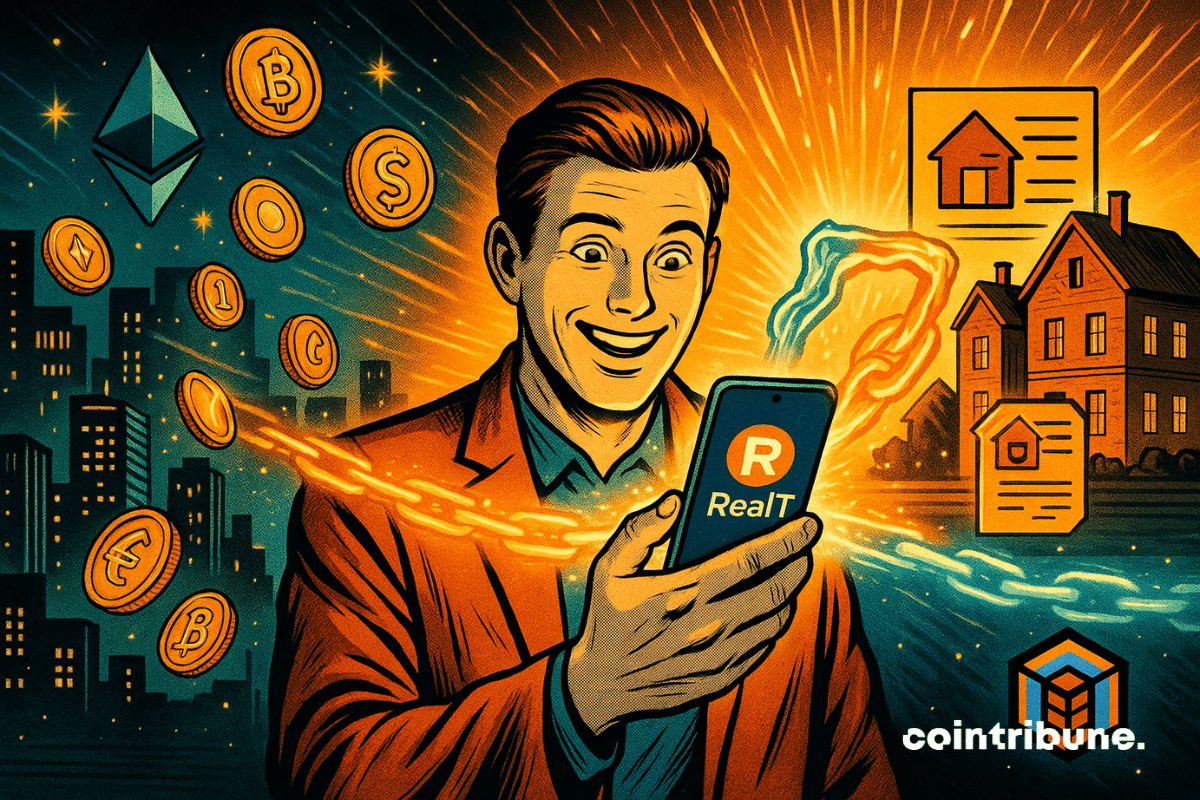Michael Saylor and Adam Back have just unveiled a bold roadmap to propel BTC to 3 million dollars. Their model aims to transform traditional businesses into ultra-efficient bitcoin acquisition machines.
Long news
Creating an efficient trading bot has long been a hassle. It required a combination of technical expertise, patience, and countless manual attempts. Beginners soon gave up. Even advanced users wasted precious time. With the launch of its AI Agent Optimizer, Runbot is shaking things up. This new conversational assistant turns strategy optimization into a simple exchange with artificial intelligence. No code. No technical lines. Just a clear discussion that leads to more effective strategies.
Ever struggled to understand how to securely manage your cryptocurrency? A crypto wallet doesn’t store digital assets like a bank account but safeguards private keys—cryptographic tools proving ownership of blockchain-based funds. This article unpacks how crypto wallets work, explores their security frameworks, and compares custodial versus non-custodial solutions, while addressing critical concerns like protecting assets from theft and ensuring seamless transactions across networks like Bitcoin and Ethereum. Discover how these tools bridge the gap between complex cryptography and user-friendly access to decentralized finance (DeFi), empowering both beginners and advanced users to navigate the evolving Web3 landscape with confidence.
Imagine a gaming platform where every match played, every friend invited, and every social interaction contributes to your progress, not just in terms of skills but also in the form of tangible rewards. Welcome to Coliseum, the Web3 tournament platform redefining competitive gaming. With over 3 million players already onboarded, Coliseum offers an arena accessible to everyone to play, win, and progress, regardless of your skill level. At the heart of this ecosystem is the XP (Experience Points) system, a unique mechanism that tracks your journey while fueling your progress in the Coliseum universe. Let's discover together how this system works and why it is at the center of the Coliseum experience.
The conflict between Israel and Iran raises fears of a major escalation, yet U.S. indices are flirting with their all-time highs. Following U.S. bombings in Iran, this situation could change very quickly, casting doubt on a sudden market collapse.
Web3 aimed to give users control over their assets and identity. However, in reality, it has developed in a fragmented manner, with complex interfaces that are often inaccessible and sometimes insecure. Bitpanda aims to reverse this dynamic by proposing a new vision of Web3: a unified, intuitive ecosystem that is rigorously compliant with European standards. With its promise of "one wallet, one chain, one token," Bitpanda Web3 becomes the ideal gateway for investors seeking access to decentralized finance without sacrificing simplicity or security.
June 13, 2025 marks a turning point in the Iran-Israel conflict. Massive Israeli strikes targeted the heart of the Iranian military infrastructure. Iran retaliated later that evening with 300 ballistic missiles, crossing a new threshold in this long-standing war.
Venezuela and Argentina adopt cryptocurrencies. Discover how inflation has driven their adoption in Latin America.
In May 2025, China achieved a major milestone in cybersecurity by making the first encrypted voice call using quantum technology over more than 1,000 km between Beijing and Hefei. This feat relies on a national quantum key distribution (QKD) network covering 16 metropolitan areas, already protecting 500 government agencies and 380 state-owned enterprises. Meanwhile, China unveiled the Tianyan-504, a superconducting quantum computer with 504 qubits, accessible via the cloud and having logged over 12 million connections from 50 countries. These advancements mark a transition from the experimental stage to operational reality, signaling an acceleration towards "Q-Day", the moment when quantum computers will be able to break classical encryptions.
BlackRock paves the way for the regulation of staking and tokenization with the SEC. This moment is as historic as the arrival of the first Bitcoin ETFs. The meeting on May 9 opens the door to a clear regulatory framework, essential for the adoption of real-world assets on blockchain (RWA). The stakes go beyond mere technological innovation. It is a major validation that confirms that RWAs are set to transform modern finance. This dynamic opens up prospects for massive institutional adoption, under the guidance of solid and compliant infrastructures.
How to manage your bitcoins at retirement? Is it better to simply sell your BTC, or to use them as collateral with a bank and live on credit?
The old guard built walled gardens. Ultra is tearing them down. Today, gamers juggle launchers, subscriptions, and fragmented digital economies. But what if one platform could simplify everything and put players back in control?
At 10 years old, David Carvalho wrote his very first computer virus. It didn’t steal passwords, nor did it erase hard drives. It simply displayed a terrifying message on the screen: "You have been infected by Sunday. Your hard drive is being formatted." A prank, certainly, but in retrospect, it heralded something much larger: the emergence of a mind that would later advise NATO on cyber warfare and build what could become the most important security infrastructure of the post-quantum era. This journey, from a curious child in rural Portugal to the CEO of Naoris Protocol, is now recounted in a captivating interview on When Shift Happens. Carvalho reveals his personal evolution, but more importantly, why the trust model on the Internet is fundamentally broken, and how he plans to fix it.
Remittances are redefining the role of cryptocurrencies in Latin America. Amid inflation, migration, and low financial inclusion, stablecoins emerge as a concrete solution for millions of people who depend on them.
The BRICS Trade Ministers approved this week the "Declaration on WTO Reform and Strengthening the Multilateral Trading System." This is a document in which the group reinforces its commitment to strengthening the multilateral trading system. Additionally, the proposal includes reform of the World Trade Organization (WTO). This declaration also addresses issues such as data governance, sustainability, and strategies through 2030. Meanwhile, the President of the United States, Donald Trump, has once again threatened the European Union (EU) with a 50% tariff starting June 1.
Data security has never been more essential, and digitalization is becoming an imperative for institutions. It is in this context that Wecan and Solana are announcing a revolutionary strategic partnership. Through the Solana Attestation Service (SAS), they will enable institutions to secure and verify official records such as land, business, and shareholder registries directly on the Solana blockchain. A decisive step towards more reliable and transparent data management.
In a world where DeFi still has to prove itself, Credefi emerges at the right moment. Its mission? To offer useful finance, rooted in the real economy. At TOKEN2049, the global summit of Web3, the team was able to connect investors and tangible assets. Their model, based on European SMEs, combines security and yield. Away from the noise, Credefi moves forward methodically. And this is just the beginning. If Europe is its foundation, the United States will be its next conquest, with a discreet yet solid strategy. The direction is clear. The tempo, perfectly controlled.
"BlackRock sounds the quantum alarm: is Bitcoin ready?" This phrase resonates as a major warning for the crypto world. The asset management giant reveals a growing threat: quantum computing. This emerging technology could eventually compromise the cryptography protecting Bitcoin. Despite this warning, Bitcoin ETFs continue to attract record inflows, a sign that confidence remains strong. Meanwhile, Naoris Protocol establishes itself as the native post-quantum response, already deployed to protect Web3 and Web2 infrastructures. This advancement prepares the ecosystem for a future where quantum power will no longer be just a theory but a reality.
Bitcoin has stood the test of time. Buying bitcoins today is significantly less risky than it was 10 years ago, 5 years ago, and even 1 year ago.
Arizona Governor Katie Hobbs vetoed two crypto-related bills due to concerns over market volatility while approving a law to regulate crypto ATMs, setting limits on transactions and requiring fraud protections.
An exciting rumor is sweeping through Web3: Pokémon may land on SUI! Immediate result: the SUI token has skyrocketed by 60%, reigniting a glimmer of hope in the decentralized gaming universe. This sector, long hindered by archaic and off-putting interfaces, is being reborn like a digital phoenix. Thanks to optimized blockchains and the arrival of visually stunning AAA games, the future looks electrifying. In short, it's here: Web3 gaming is no longer a promise… it’s a reality to embrace right now. The journey is just beginning. And what about you, are you getting on board or staying on the platform?
With the rapid advancements in quantum computing, the threat to traditional crypto systems is now an undeniable reality. The so-called "Q-Day"—the day when quantum computers become powerful enough to break current cryptographic systems—is no longer a distant possibility. For the crypto world, this moment represents an existential threat. How can we prepare for this looming danger? The answer: Naoris Protocol, a cutting-edge solution designed to secure blockchain and Web3 technologies against the post-quantum future.
A troubling change in philosophy is at work among the Bitcoin Core developers who are turning a deaf ear to consensus.
Real estate remains an essential investment sector, but it presents high entry barriers. Purchasing properties requires significant capital and complex procedures. Today, decentralized finance (DeFi) and blockchain are disrupting this model by offering more accessible solutions. RealT applies these innovations to real estate investment by enabling the purchase of property shares in the form of tokens. This model facilitates access to ownership and enhances the liquidity of real estate assets. Thanks to DeFi, investors can use their tokens to generate additional returns. RealT thus positions itself as a bridge between traditional real estate and decentralized finance, creating new opportunities for investors.
Real estate investment attracts many investors due to its stability and appreciation potential. However, access to this market remains restrictive due to high costs and complex administrative procedures. The tokenization of real estate simplifies these barriers by making the purchase and management of properties more accessible. RealT allows investors to acquire fractions of properties through blockchain technology. This approach offers increased liquidity and passive income in stablecoins. This article explores how RealT works, the steps to purchase real estate tokens, as well as the profitability and successful investment case studies.
Real estate investment remains a preferred option for securing capital. However, financial and administrative constraints make this market difficult to access. Purchasing real estate requires substantial capital and lengthy processes, hindering many investors. Blockchain is revolutionizing this sector by enabling the tokenization of real estate assets. This innovation facilitates the acquisition and management of properties by eliminating intermediaries. RealT leverages this technology to make real estate investment more flexible and accessible. Its solution combines transparency, liquidity, and automation of rental income. This article analyzes the limitations of the traditional real estate market, the role of blockchain, and the advantages of RealT as a modern alternative.
Real estate investment attracts many savers. However, financial and administrative barriers make access difficult. Buying a property requires significant capital, rigorous management, and market knowledge. Fractional investment offers an alternative and allows one to acquire shares of a property with reduced capital. It is a model that simplifies management and offers greater accessibility. RealT stands out in this field. This platform uses blockchain technology to make real estate investment more transparent and flexible. Its model allows purchasing fractions of properties starting from a few dozen dollars while generating regular rental income. Let’s review this form of investment through this article.
Cryptos have revolutionized investing, but their high volatility worries many investors. Diversification becomes a necessity to limit risks associated with market fluctuations. Real estate offers a stable alternative, but access remains complex for crypto users. RealT simplifies this approach by integrating tokenization and decentralized finance. The platform allows for easy investment in real estate and receiving income in stablecoins. This solution increasingly attracts investors looking to secure part of their capital. This article analyzes the reasons behind RealT's success and its benefits for the crypto community.
Cryptocurrencies have revolutionized investment by offering new strategies to investors. This dynamic market allows access to high returns, but it also exposes investors to significant volatility. To secure their capital, many investors are seeking stable solutions. Real estate represents a reliable refuge, with a slowly progressing value and regular rental income. However, purchasing a property with cryptocurrencies remains complex due to legal and financial constraints. RealT simplifies this transition by tokenizing real estate to enable direct access via blockchain. This article explains how RealT facilitates real estate purchases, enhances diversification, and automates crypto payments.
Real estate investment attracts many investors, but it comes with significant constraints. The required capital is often high, the administrative procedures are complex, and reselling a property takes time. Blockchain is transforming this market by facilitating access to real estate through tokenization. RealT offers an innovative solution that allows individuals to acquire shares in real estate properties in the form of tokens. This approach simplifies investment, provides more liquidity, and ensures passive income in stablecoins. This article details how RealT works, real estate tokenization, its advantages over traditional purchasing, and the security guarantees offered to investors.
